The only off-grid solar guide you'll ever need!
Is renewable energy truly sustainable? In the heart of Australia, specifically Lismore, New South Wales, we need delve into the core of this question with the aim to unravel the significance of renewable energy and the thriving off-grid living scene. This article will break this down through real-world examples and insightful resources to offer a comprehensive exploration to help you answer the burning question: Is renewable energy truly sustainable?

Table of Contents
Exploring Renewable Energy.
The journey from Sydney to Lismore provides a unique perspective on exploring off-grid power systems in Australia. Before delving into the specifics, let’s establish a fundamental understanding of off-grid power systems compared to their on-grid counterparts.
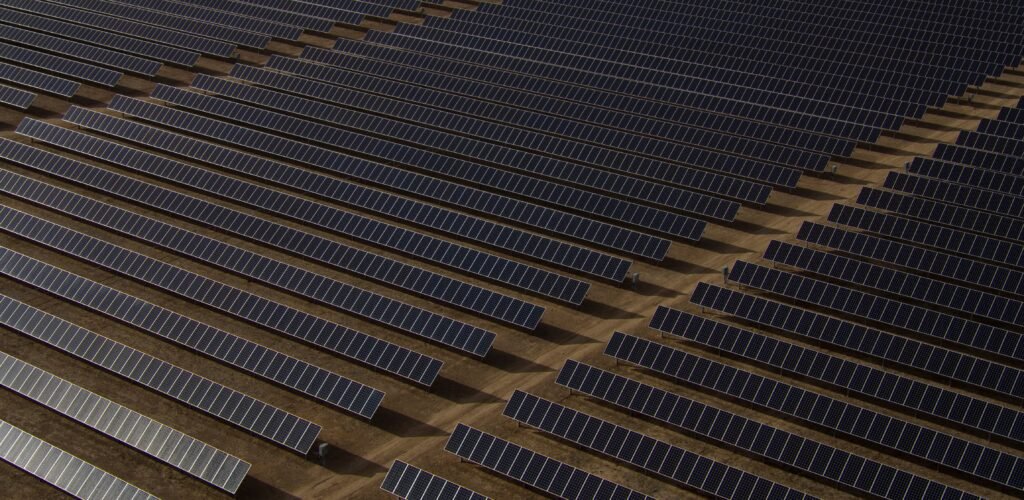
Types of Renewable Energy
Renewable energy, the bedrock of a greener future, is the most important factor here. From solar and wind to hydro and geothermal, we need to define these resources and highlight the transformative benefits they bring over conventional fuels. Let’s establish the groundwork for understanding the nuances of renewable energy and its pivotal role in shaping a sustainable future.
Renewable energy harnesses abundant constantly replenished natural resources like sun, wind, water, and biomass. In Australia, businesses are increasingly investing in on-site generation, such as solar PV, wind, and biomass. This move not only reduces emissions but also provides substantial cost savings and shields against future price volatility.
1. Solar PV:
Australia leads globally in solar uptake, with over 3 million rooftop solar PV systems installed. Solar proves reliable in reducing energy bills, with a payback period of 5 to 7 years. Solar is particularly viable for businesses with high daytime electricity usage and ample sunshine exposure.
2. Battery Storage:
Battery storage enhances on-site renewables’ capacity, allowing businesses to access grid electricity during off-peak times and providing backup during power outages. New technologies, including flow batteries and sodium-ion batteries, are emerging alongside lithium-ion, offering diverse options for businesses.
3. Wind Energy:
Wind power contributes over 30% of Australia’s renewable energy. Continuous innovations in turbine design keep wind power cost-effective for large-scale renewable energy. While on-site wind may not be as cost-effective as solar, large companies can purchase off-site wind energy for a consistent, renewable power source.
4. Bio Energy:
Produced through the combustion or breakdown of biological matter, bioenergy reduces waste and carbon emissions. It finds applications in sectors like food, pulp, and paper manufacturing. Biomass can also be used to produce liquid biofuels such as ethanol and low-carbon diesel.
5. Hydro Power:
Harnessing the power of moving water, hydropower accounted for around 7.5% of Australia’s electricity supply in 2018. Large-scale hydro battery technology, like the Snowy 2.0 scheme, further enhances the storage potential of hydropower systems.
6. Geothermal Energy:
Geothermal energy taps into the earth’s heat for HVAC, water heating, and other services. While not as cost-effective as air-sourced heat pumps, geothermal finds applications in schools, hospitals, and hotels. In climates with similar annual heating and cooling loads, geothermal heat pumps prove beneficial.
- Resource link: Renewable Energy Explained
The State of Renewable Energy in Australia
Australia’s sweeping landscapes set the stage for a renewable energy revolution. This subsection provides an in-depth look at the country’s burgeoning renewable energy sector, showcasing its growth, government initiatives, and the challenges that come with embracing a sustainable future.
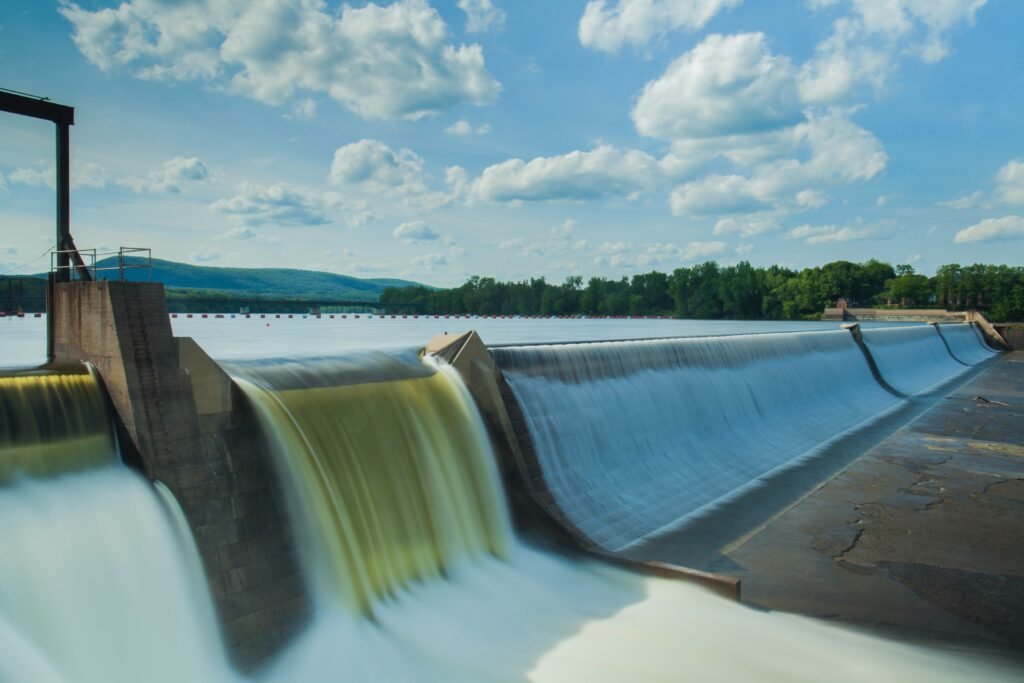
Exploring Renewable Energy.
The journey from Sydney to Lismore provides a unique perspective on exploring off-grid power systems in Australia. Before delving into the specifics, let’s establish a fundamental understanding of off-grid power systems compared to their on-grid counterparts.
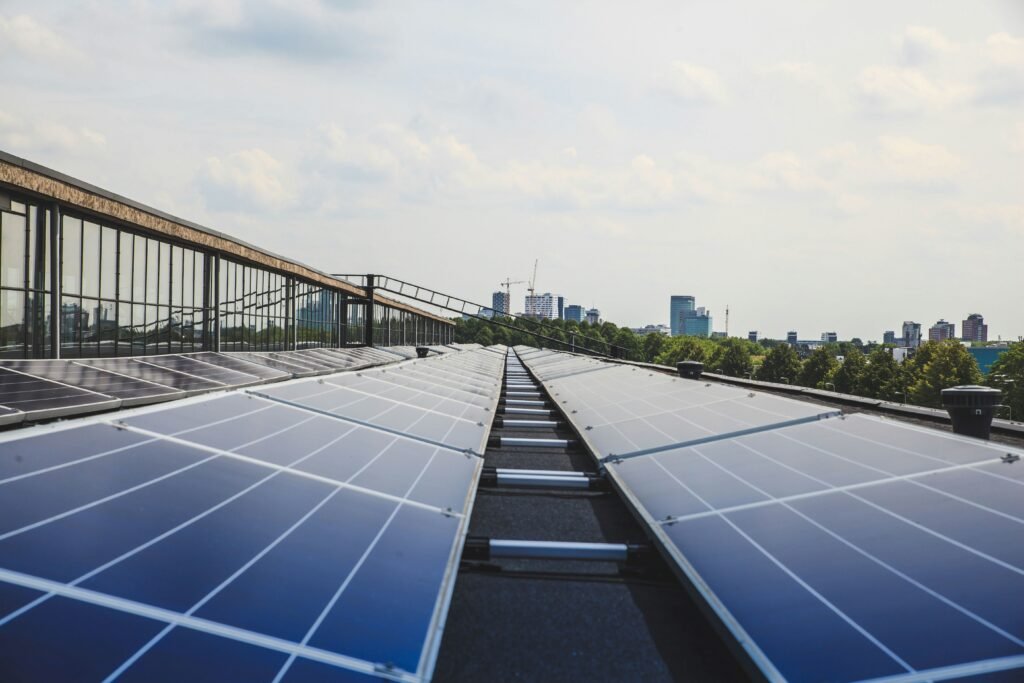
Australia's Renewable Energy Commitment and Investment Opportunities
Australia has set ambitious goals for cutting domestic carbon emissions and emerging as a major global supplier of renewable energy. The country plans to achieve this by increasing solar, onshore and offshore wind capacity, upgrading the grid, and generating export quantities of green hydrogen.
Renewable energy harnesses abundant constantly replenished natural resources like sun, wind, water, and biomass. In Australia, businesses are increasingly investing in on-site generation, such as solar PV, wind, and biomass. This move not only reduces emissions but also provides substantial cost savings and shields against future price volatility.
Australia's Net Zero Commitment:
The Australian Government has legally committed to reducing greenhouse gas emissions by 43% from 2005 levels by 2030 and achieving net-zero emissions by 2050. This commitment involves a whole-of-government approach, with significant investments in climate change and energy transformation priorities.
Fast Facts:
In 2021, renewable production increased by 10%, driven by rapid solar and wind expansion. Renewable energy accounted for 29% of Australia’s total electricity generation in 2021, the highest on record. Australia’s emissions in the year to June 2022 were 21.6% below the 2005 baseline, aligning with its 2030 target under the Paris Agreement. Net exports were equal to 70% of energy production in 2020–21.
Incentives, Grants, and Support:
The Australian Government has allocated almost A$25 billion to achieve emissions targets through the Powering Australia plan. This includes funding for projects unlocking opportunities in clean energy and low-carbon technologies.
Rewiring the Nation:
A A$20 billion plan providing low-cost finance to modernize Australia’s electricity grids and increase renewable power to 82% by 2030.
Powering the Regions Fund:
A A$1.9 billion fund supporting the decarbonization of existing industries and the creation of new clean energy industries.
National Reconstruction Fund:
Up to A$3 billion to support renewables manufacturing and deployment of low-emissions technologies.
National Energy Transformation Partnership:
A national plan for market reforms and investments in grid enhancements such as large-scale storage and transmission.
Australian Tax Office's New Investment Engagement Service:
The ATO’s New Investment Engagement Service offers tailored guidance on tax issues for businesses planning significant new investments in Australia.
Explore the New Investment Engagement Service for tax guidance on new investments. Australia’s commitment to renewable energy, coupled with supportive policies, incentives, and a thriving innovation ecosystem, makes it a compelling destination for investors seeking opportunities in the clean energy sector.
- Resource link: Renewable Market In Australia
Lismore's Push for Sustainability:
Lismore, a progressive city in New South Wales, takes center stage. This segment uncovers the city’s sustainable initiatives, focusing on incentive schemes for solar installations. Real-world examples of off-grid living in Lismore showcase the tangible impact of these practices.
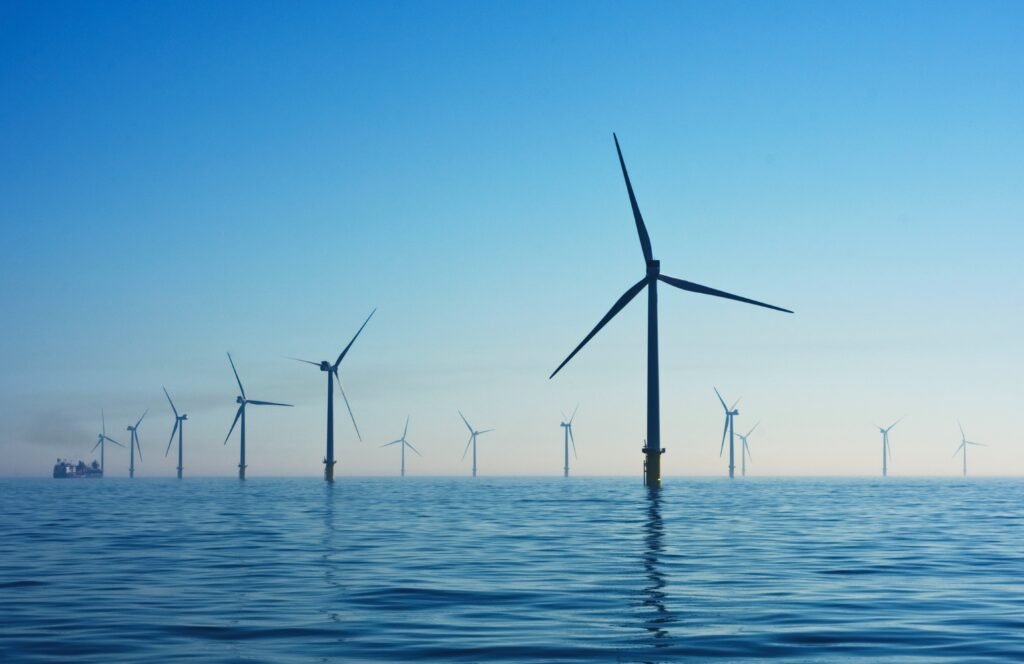
Lismore City Council
Lismore City Council set itself the target to generate 100% of its electricity needs from renewable energy sources by 2023. This arose from the Imagine Lismore process, through which the community’s vision for Council as a model of sustainability was articulated. The target for renewable energy was aligned with this vision, and 2023 is aligned with the 10-year outlook of the Imagine Lismore process. Achieving this goal will position Lismore City Council as a leader in carbon management and sustainability nationally, with the 100% target exceeding those in place in other jurisdictions at local, state and national levels.
The Lismore Local Government Area is already a leader in the adoption of solar technologies, within NSW and nationally. As such, the Council’s goals are also aligned with the practices being adopted by the Lismore community. Review of Lismore City Council’s energy use and conservation actions Lismore City Council recognised the need to respond to climate change many years ago, and has participated in programs such as Cities for Climate Protection (CCP). Council has tracked and reported on its energy use and greenhouse gas emissions for several years and has implemented a range of energy efficiency and renewable energy improvements to facilities across its portfolio.
Council and Essential Energy have worked together to implement upgrades to street lighting across the LGA. The result of all of these actions is that Council’s has reduced its electricity use in the past five years by 22% in total, including by 17% across all owned facilities, and by 38% in street lighting consumption.
- Resource link: Lismore City Council – Renewable Energy Initiatives
Off-Grid Living in Lismore:
With a growing adoption of off-grid power systems in Australia, particularly in regions like Lismore, communities are paving the way for a cleaner and more resilient future.
We have created a guide where we’ve delved into the nuances of off-grid living, exploring the benefits, components, setup processes, and real-world applications of off-grid power systems. By understanding the challenges, costs, and advancements in renewable energy, individuals and communities can make informed decisions on their path to energy independence.
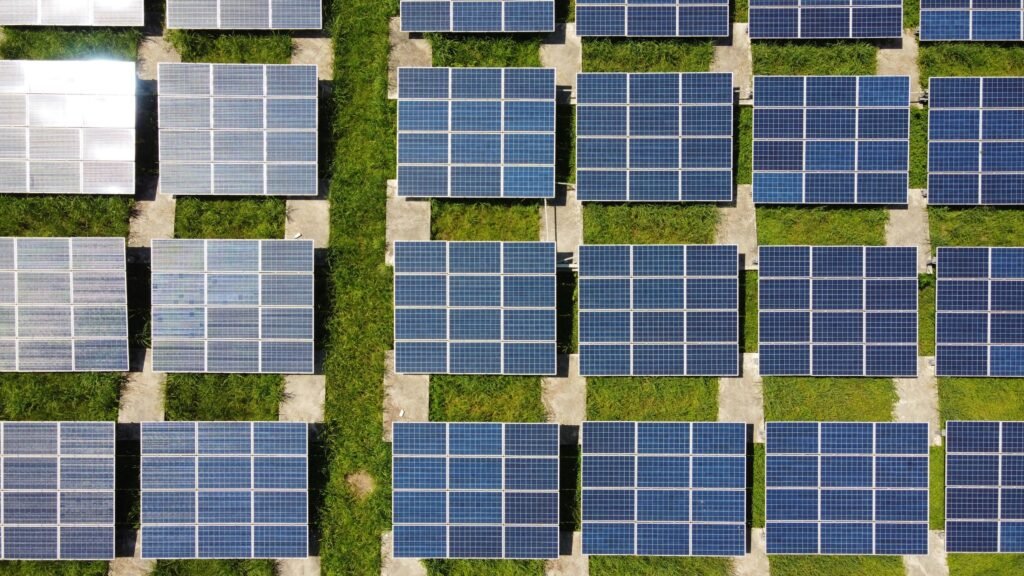
Addressing the Reliability of Renewable Energy
Overcoming Challenges:
Concerns about the reliability and intermittency of renewable energy are addressed here. By delving into the role of energy storage systems and advanced technologies, this section provides a nuanced understanding of the infrastructure supporting renewable energy grids.
Limited Electricity Generation Capacity:
Generating large quantities of power through renewable sources poses challenges when compared to traditional forms like fossil fuels, highlighting the need for a balanced energy mix. It is essential to recognize and understand the limitations associated with the capacity of renewable energy generation.
Unreliable Variables:
The dependence on weather conditions, specifically sun and wind, introduces unpredictability in energy generation, and disruptions in weather patterns can result in interruptions to electricity generation. Exploring the challenges of reliability in renewable energy reveals the impact of these factors on the consistent generation of power.
Low-efficiency Levels:
The novelty of renewable energy technologies contributes to lower efficiency, and a limited understanding of how to harness these energy forms leads to heightened installation and maintenance costs. Examining the efficiency challenges of renewable energy unveils the impact of these factors on the effectiveness of the technology.
Huge Upfront Capital Outlay:
Establishing renewable energy facilities demands significant initial investments, while the associated high installation and maintenance costs present challenges for investors aiming for swift returns. Delving into the financial challenges of setting up renewable energy elucidates the complexities faced by those venturing into this sector.
Requires Significant Space:
Solar and wind energy technologies necessitate extensive space for installation, exhibiting land use inefficiencies in comparison to traditional power sources. Exploring the space requirements for renewable energy technologies helps comprehend the spatial challenges associated with their implementation.
Expensive Storage Costs:
Storage costs for renewable energy, particularly batteries, contribute significantly to the overall expense. The upfront costs for batteries can be substantial, impacting the overall economic viability of renewable energy projects. Understanding the financial implications of storage expenses is crucial for evaluating the feasibility of renewable energy initiatives.
- Resource link: Learn more:www.conserve-energy-future.com
The Future of Renewable Energy:
A forward-looking perspective explores the potential of renewable energy on a global scale. Emerging trends, innovations, and case studies from industries in New South Wales provide readers with a glimpse into the future landscape of clean energy.
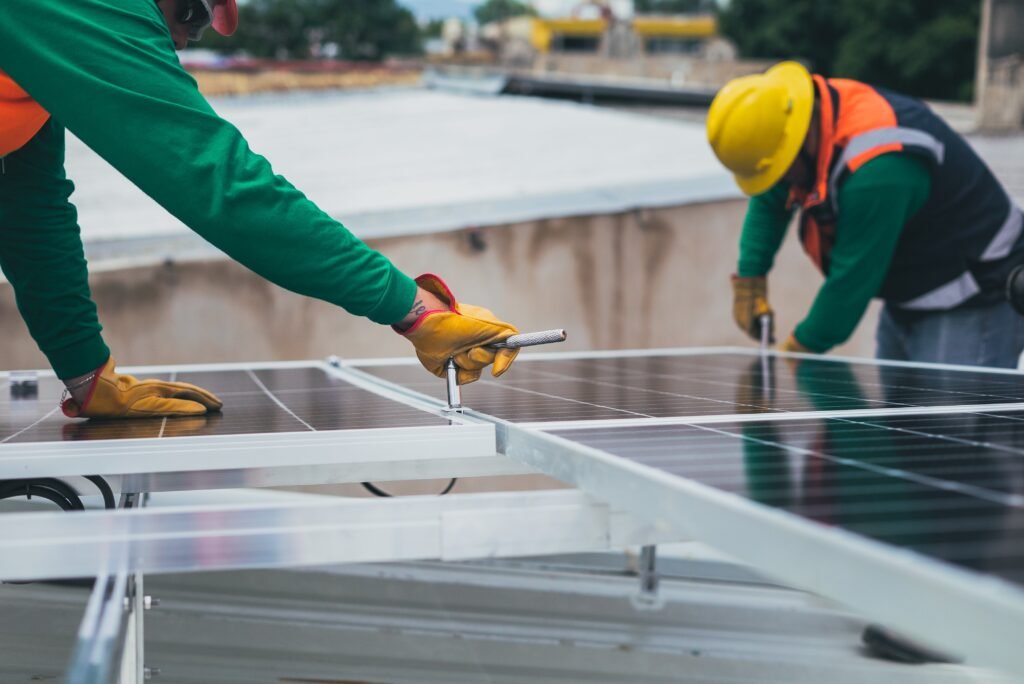
Global Impact of COVID-19 on Renewable Energy:
Renewable energy is crucial for achieving a sustainable and equitable future, especially as 940 million people worldwide lack access to electricity. The United Nations’ Global Goal 13 emphasizes the urgent need for countries to transition to renewables to fulfill the Paris climate agreement.
However, the COVID-19 pandemic has disrupted economies globally, affecting governments, companies, and various sectors, including renewable energy. Despite the setbacks, the International Energy Agency (IEA) estimates a 5% growth in renewable energy generation in 2020, making it the only energy source with an upward trajectory.
Challenges Faced by the Renewable Energy Sector:
Before the pandemic, 2020 was poised to be a record year for new renewable energy capacity. Still, disruptions in supply chains and construction projects caused by lockdowns have led to a potential 13% decline in new renewable energy capacity compared to the previous year.
Resilience and Growth:
Despite challenges, the renewable energy industry remains resilient, with China playing a key role in the sector’s global recovery. China’s effective containment measures have enabled a return to pre-pandemic levels of manufacturing, crucial for the solar panel production vital to renewable energy projects worldwide.
Opportunities for Post-Pandemic Recovery:
Governments have an opportunity to shape COVID-19 recovery plans to accelerate renewable energy growth and reduce greenhouse gas emissions. Massive stimulus packages can be directed towards boosting renewable energy generation, improving energy efficiency, and phasing out environmentally harmful industries.
Key Trends Shaping Renewable Energy:
- China’s Rapid Recovery: China, responsible for 70% of solar panels globally, is pivotal in the continued growth of renewable energy. Effective containment measures have allowed a return to manufacturing levels, supporting the solar energy supply chain.
- Stimulus Plans: COVID-19 recovery plans have the potential to significantly increase renewable energy generation worldwide. Governments can use stimulus packages to focus on environmental goals, supporting a sustainable recovery.
- Energy Storage: Declining costs of renewable electricity storage are anticipated, allowing for greater capacity. Emerging storage options, including “flow batteries,” are expected to play a role in overcoming previous limitations.
- Offshore Wind: Despite challenges, offshore wind projects have the potential to meet global energy demands. Learning from pioneering efforts in Europe, countries like China, the US, and Japan are increasing investments in offshore wind.
- Green Hydrogen: As part of a diversified energy portfolio, “green hydrogen” created through electrolysis using renewable energy is gaining importance. Countries are considering it as an alternative to emissions-intensive fuels.
- Declining Costs: Over the past two decades, renewable energy production costs have significantly dropped. Continued cost reductions will make renewables more accessible, especially in low-income countries.
- Decentralizing Energy Grids: The decentralization of energy grids is seen as a future trend, reducing reliance on centralized grids prone to blackouts. This shift prioritizes renewable energy sources and aims to provide electricity to the 940 million people currently lacking access.
- Resource link: Learn more:www.conserve-energy-future.com

In Conclusion:
In the concluding section, the myriad threads of the blog are woven together, forming a cohesive tapestry of insights into renewable energy and off-grid living. The emphasis remains on viability and potential, urging readers to not only contemplate but actively explore renewable energy options.
Frequently Asked Questions
Renewable energy comes from natural sources like sunlight, wind, rain, tides, and geothermal heat, which are naturally replenished. It is crucial for a sustainable future as it reduces reliance on finite fossil fuels, mitigates climate change, and promotes environmental well-being.
Lismore is a progressive city emphasizing sustainability. It promotes renewable energy through incentive schemes for solar installations, encouraging residents to adopt eco-friendly practices.
Renewable energy includes solar, wind, hydro, and geothermal power, derived from sources that naturally replenish. Non-renewable sources like coal and oil are finite and contribute to environmental degradation.
Yes, solar power is a reliable solution for off-grid living in Lismore. With proper planning, solar installations, and energy storage systems, residents can achieve energy independence and reduce reliance on the grid.
Australia’s renewable energy sector has grown significantly. Government initiatives, such as renewable energy policies and incentives, aim to transition the country to cleaner energy sources.
Challenges include grid integration and intermittency. Opportunities lie in technological advancements, innovation, and economic benefits associated with renewable energy.
Off-grid living reduces reliance on traditional energy grids, lowering environmental impact. Advantages include cost savings, energy independence, and a smaller carbon footprint.
Energy storage systems, like batteries, enhance the reliability of renewable energy by storing excess power for use during periods of low generation. Smart systems optimize energy distribution.
Advanced technologies and smart systems enable efficient management of renewable energy. They optimize generation, distribution, and consumption, ensuring stability and reliability.
Explore reputable sources, industry reports, and government websites for case studies and success stories of businesses in New South Wales embracing renewable energy solutions.
